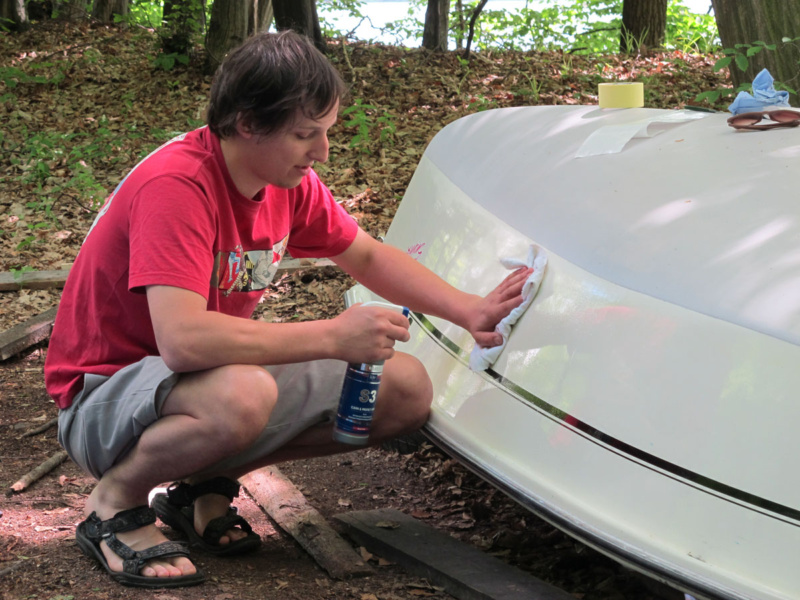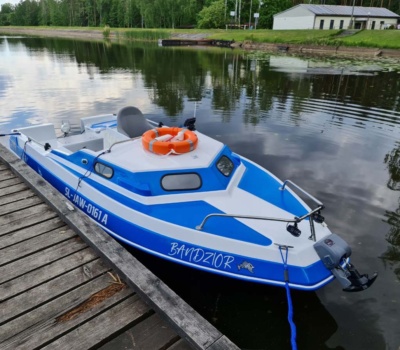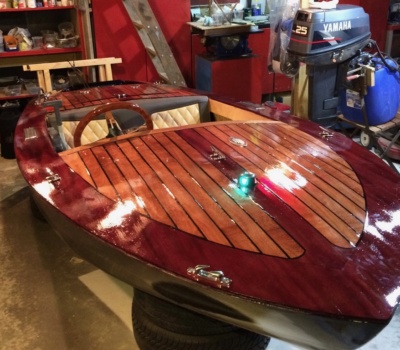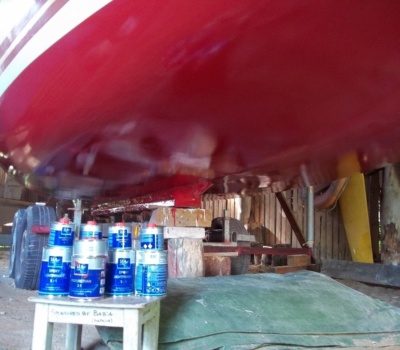“The next layer isantiosmoticHSEpoxy Primer Sea-Line. It is verydense, you have to get used toher characterand learnto imposeequallayerswith a roller.Withthree layersshouldgo.Certainlymoreamazedpeoplewould achievebetter effect,butfor a firstcontactwith this type ofworkthe end resultwas verysatisfactory. Thanks largely tothe paint, which does not dripso easyandgoodspillsto forma uniform layer. “
Full reportofrenovationJakubaMitki
Description ofrepaircan be found at: http://kluczka.pl/blog/
andin the journalYacht-Market,March 2015


Renovation of the Spanish motorboat Ducauto caribe. “Cut in half, gutted and made according to

Cosmetics Sea-Line use in Polish Army for cleaning and protect Sea Gun AM35 on „ORP

Mr. Wojciech Ceiślik, boatbuilder Glen-L Squirt: „I recommend Sea-Line products to everyone who builds and

„… It was not easy, hard job on knees with mask and glasses. Feeling like
Sea-Line HARD and Sea-Line self-polishing antifouling are not intended for aluminum surfaces. They include copper oxide, which in contact with aluminum causes galvanic corrosion. Especially on aluminum, we offer ALU-PLUS self-polishing anti-fouling paint, which, in addition to excellent adhesion to aluminum, is also 30% more effective than traditional anti-fouling paints.